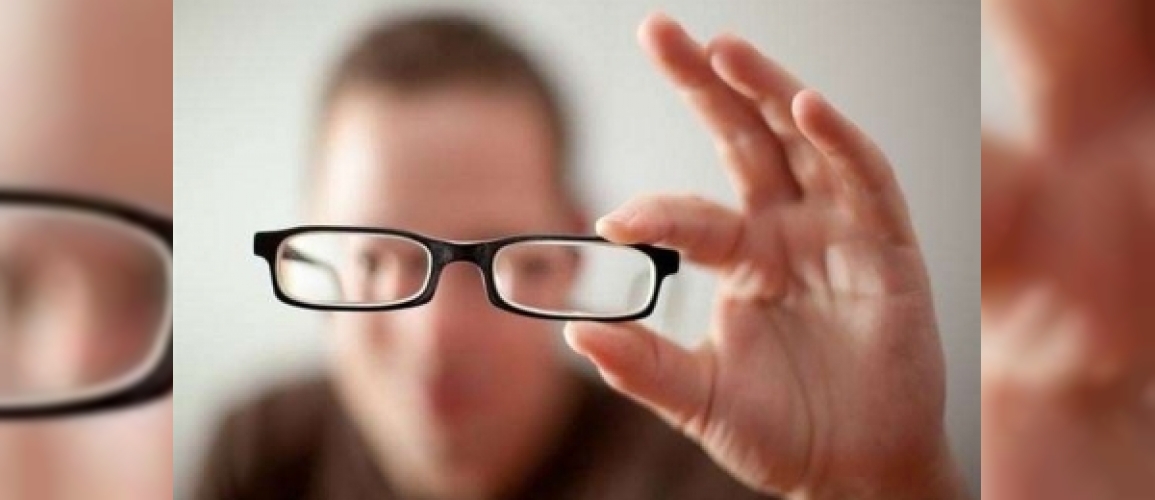Myopia Definition
Myopia is a word derived from the Greek words MYEIN (closed) and OPS (eye). It has been used to describe the way myopic people squint their eyes like a stenopic slit to sharpen the image.
Myopia is the 7th leading cause of blindness in the world. Myopia is a common disease that affects people during the most productive years of their lives, their school years and youth. It is an important cause of untreatable vision loss.
In a normal eye, rays coming parallel to the cornea are focused 24mm behind the cornea. In a normal eye, there is a retina 24mm behind the cornea and in a normal eye at rest, that is, in a normal eye that does not adapt, the rays focus on the retina. In some eyes, the retina is not located exactly where it needs to be for clear focusing of images of distant objects. It is either too far in front (hyperopia) or too far behind (myopia). If we consider the effect of parallel rays, hyperopic eyes are unable to focus, while myopic eyes not only fail to focus, but the rays also diverge. In both cases, a blurred image appears on the retina.
Myopia is the phenomenon in which the rays coming parallel to the optical axis of the resting (non-adjusting) eye focus in front of the retina. A scatter circle forms on the retina and the patient sees objects blurred. This is due to the excessive axial length of the globe or increased refractive power of the cornea or lens.
In optics, the direction of the rays is always reversible. Rays from a point on the retina in a myopic eye are less divergent before they fall on the posterior surface of the lens than similar rays in emmetropic eyes. That is, the anterior refractive medium brings the rays closer than in emmetropic eyes. As the rays leave the eye, they also come closer together and intersect in front of the eye at a point called the R-point (Remote, meaning the far point of the eye).
The greater the distance of the retina from the lens, as in high myopia, the greater the convergence and the closer the intersection in front of the eye.
In an emmetropic eye, each of the rays coming out of the eye is parallel. Parallel rays intersect at infinity, the far point of the emmetropic eye is infinity.
As seen here, the distance point and a point on the retina are opposite foci. According to the principle of returning rays, a nail polish at the far point of the eye creates a clear image on the retina. Practically, to achieve this, the object must be more than 6 meters away. On the other hand, myopic patients see objects only when they are close.



